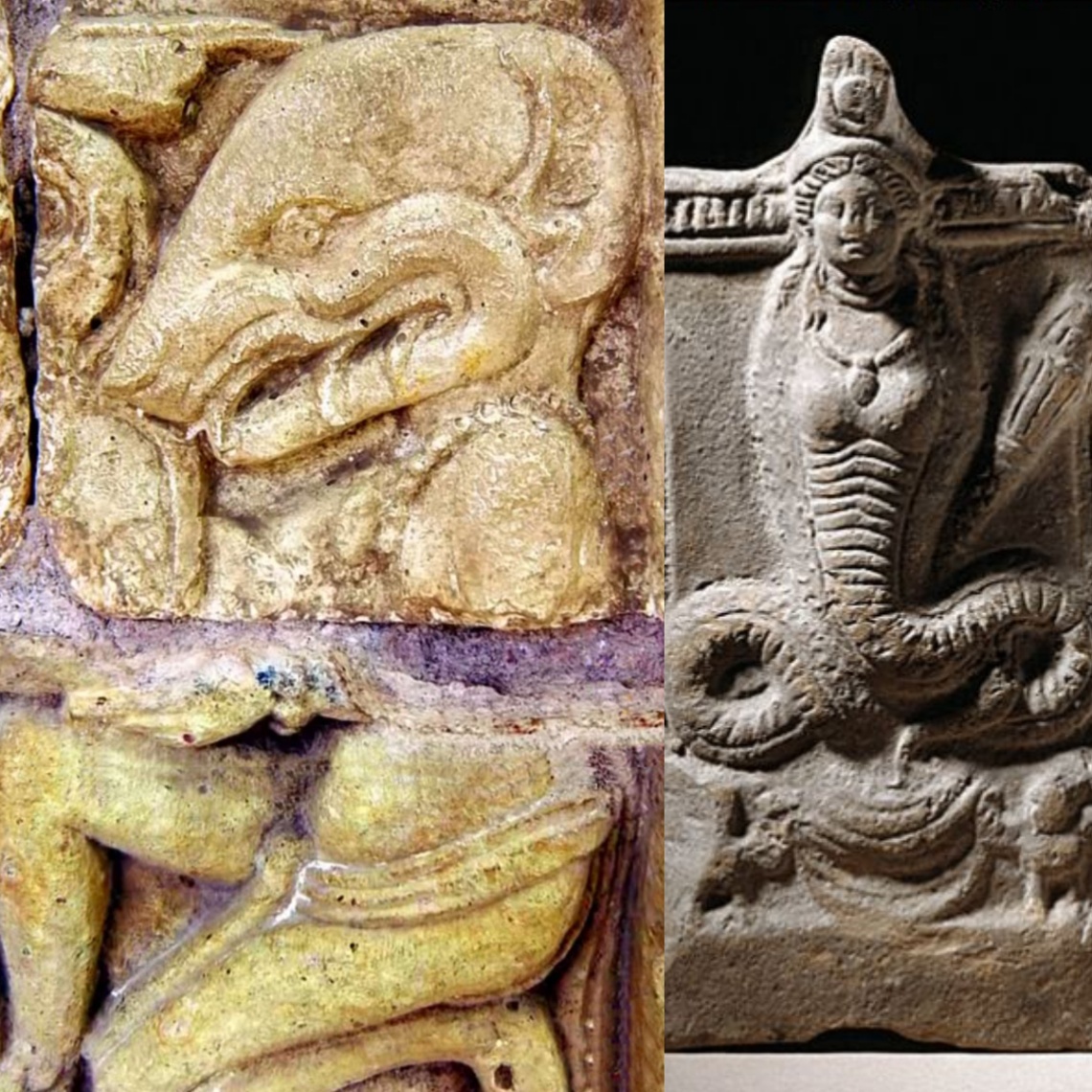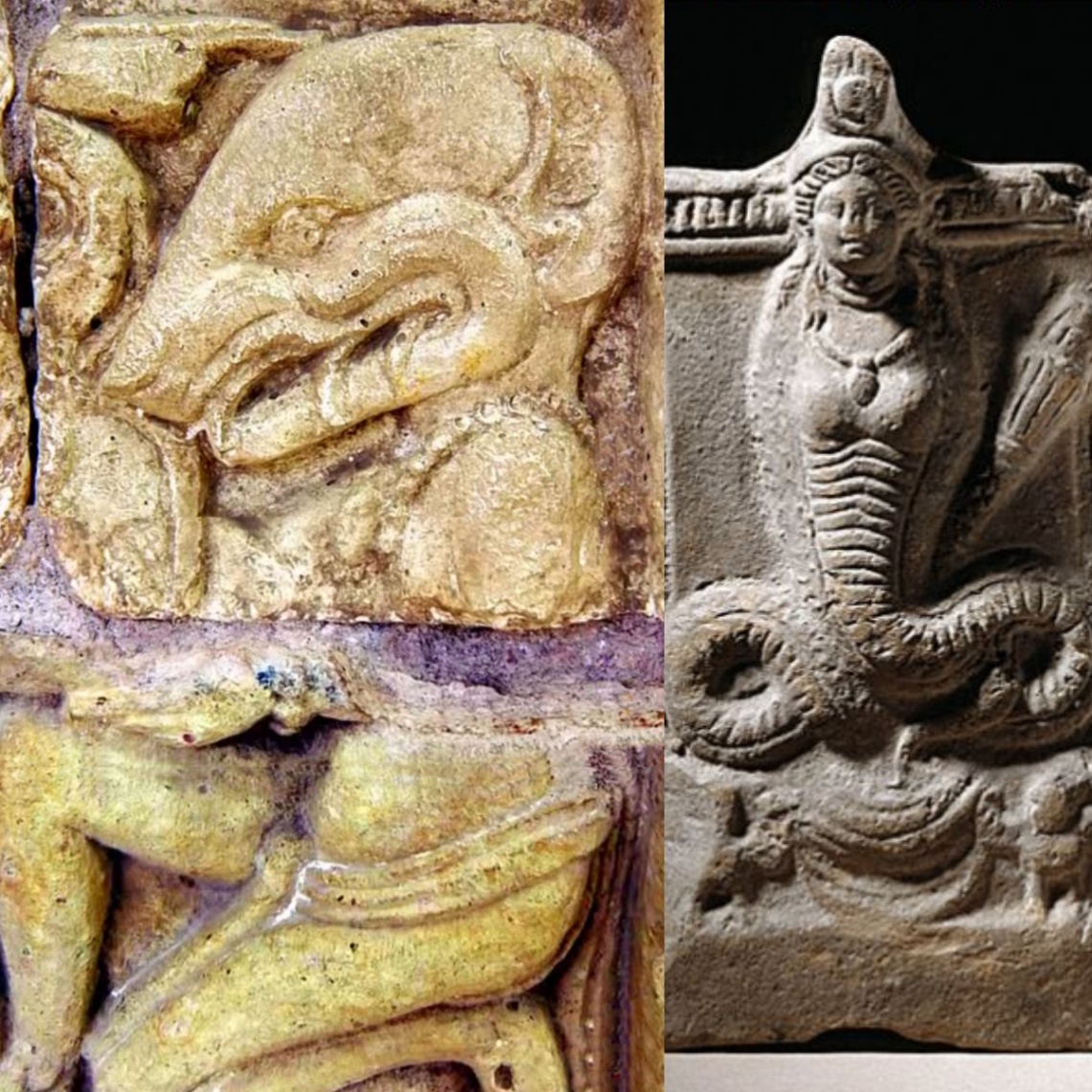Throughout history, across cultures and civilizations, tales of humanoid monsters have persisted, weaving their way into the fabric of folklore, mythology, and legend. From the fearsome creatures of Greek mythology to the cryptids of modern urban legends, these enigmatic beings have captured the imagination of storytellers and sparked curiosity and speculation among enthusiasts and researchers alike. But are humanoid monsters merely products of human imagination, or could they be the result of encounters with extraterrestrial beings? In this exploration, we delve into the mysteries of humanoid monsters, seeking to unravel the truth behind these ancient legends.

#### The Mythological Origins of Humanoid Monsters
The concept of humanoid monsters has deep roots in mythology and folklore, where they often represent primal fears, moral lessons, or symbolic archetypes. In cultures around the world, stories of creatures with human-like features and monstrous traits abound, each with its own unique characteristics and significance.
1. **Greek Mythology**: In Greek mythology, creatures such as the Minotaur, a half-man, half-bull monster imprisoned in the labyrinth of Crete, and the Centaurs, beings with the body of a horse and the torso of a man, exemplify the blending of human and animal characteristics in mythical beings.
2. **Norse Mythology**: Norse mythology is replete with humanoid monsters, including the Jotnar, giant beings with superhuman strength and magical abilities, and the Draugr, undead creatures that haunt graveyards and ancient burial sites.
#### Cryptids and Urban Legends: Exploring Modern Encounters
In addition to ancient mythology, tales of humanoid monsters persist in modern times, often in the form of cryptids, creatures whose existence has not been scientifically proven, or urban legends passed down through generations. These contemporary accounts add a new layer of intrigue to the age-old mystery of humanoid monsters.
1. **Bigfoot**: Perhaps the most famous cryptid of all, Bigfoot, also known as Sasquatch, is said to be a large, hairy humanoid creature that roams the forests of North America. Sightings of Bigfoot have been reported for centuries, but conclusive evidence of its existence remains elusive.
2. **The Mothman**: The Mothman is a humanoid creature reportedly sighted in the vicinity of Point Pleasant, West Virginia, in the 1960s. Described as a tall, winged figure with glowing red eyes, the Mothman is said to have foretold tragic events, including the collapse of the Silver Bridge in 1967.
#### The Ancient Astronaut Theory: Extraterrestrial Encounters?
One intriguing theory that has gained popularity in recent years is the ancient astronaut theory, which proposes that humanoid monsters and other mythical beings may be the result of encounters with extraterrestrial beings. According to this theory, ancient civilizations interpreted these encounters through the lens of their own cultural beliefs and mythologies, giving rise to stories of gods, monsters, and otherworldly beings.
1. **Alien Abductions**: Some proponents of the ancient astronaut theory suggest that accounts of humanoid monsters could be interpreted as encounters with extraterrestrial beings, such as aliens or interdimensional entities. These encounters may have left a lasting impression on human consciousness, influencing the development of mythological narratives and cultural beliefs.
2. **Genetic Engineering**: Another interpretation posits that humanoid monsters may be the result of genetic experimentation or manipulation by advanced extraterrestrial civilizations. According to this theory, ancient humans may have encountered beings with advanced technology and knowledge, leading to the creation of hybrid creatures or genetic mutations.
#### Skepticism and Alternative Explanations
While the ancient astronaut theory offers a provocative interpretation of humanoid monsters and their origins, it has also faced criticism and skepticism from skeptics and mainstream researchers. Critics argue that there is insufficient evidence to support the notion of extraterrestrial encounters and that alternative explanations, such as psychological phenomena or cultural symbolism, may provide more plausible interpretations of humanoid monster myths.
1. **Psychological Phenomena**: Some skeptics propose that accounts of humanoid monsters may be the result of psychological phenomena, such as hallucinations, sleep paralysis, or mass hysteria. These experiences may be influenced by cultural beliefs, folklore, or media portrayals of monsters and supernatural beings.
2. **Symbolism and Allegory**: Another alternative explanation is that humanoid monsters are symbolic representations of primal fears, moral dilemmas, or societal anxieties. By personifying abstract concepts or existential threats as monstrous creatures, humans are able to grapple with the uncertainties and complexities of the world around them.
#### Exploring the Boundaries of Belief
The mystery of humanoid monsters remains a fascinating and enigmatic aspect of human culture and imagination. Whether they are products of human creativity, symbolic representations of deeper truths, or the result of encounters with extraterrestrial beings, these ancient legends continue to captivate our imagination and challenge our understanding of the world.
As we delve deeper into the realm of mythology, folklore, and urban legends, we are reminded of the enduring power of storytelling and the human need to make sense of the unknown. Whether one subscribes to the ancient astronaut theory or approaches the topic with skepticism, the exploration of humanoid monsters offers a glimpse into the complexities of human belief, culture, and consciousness. In the end, the truth behind these ancient mysteries may remain elusive, but the journey of discovery continues to inspire wonder and curiosity in the human spirit.




